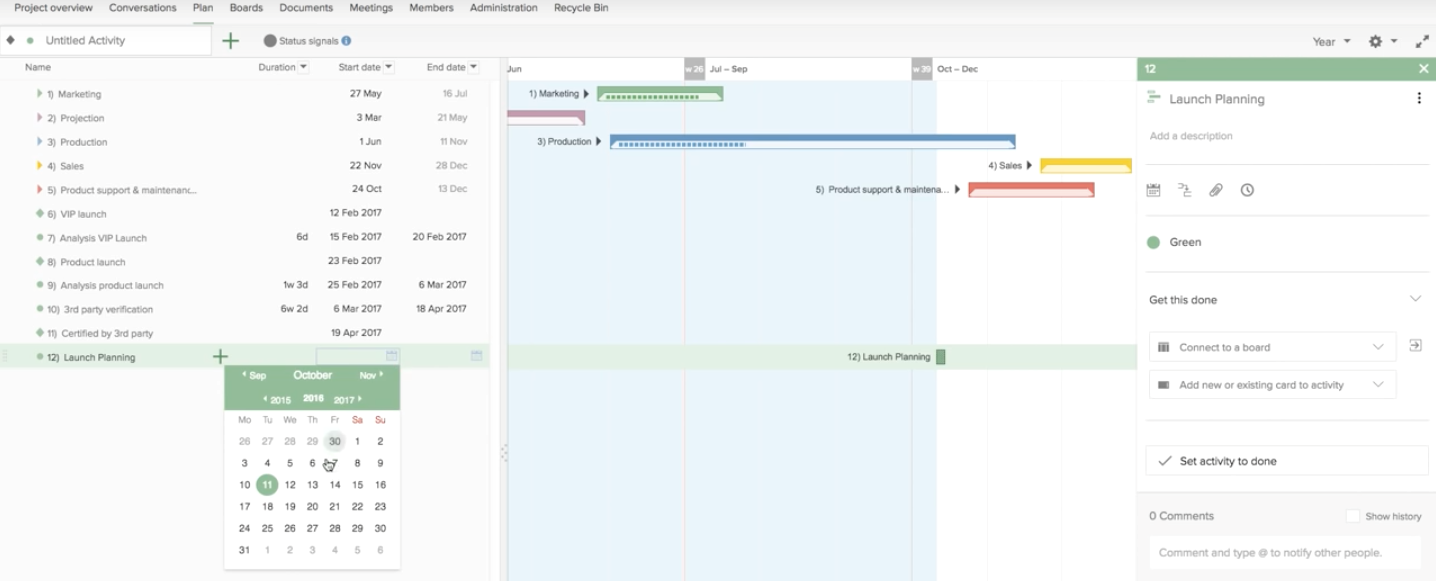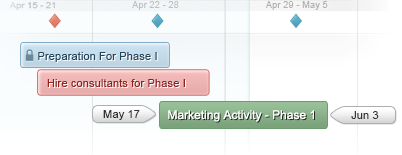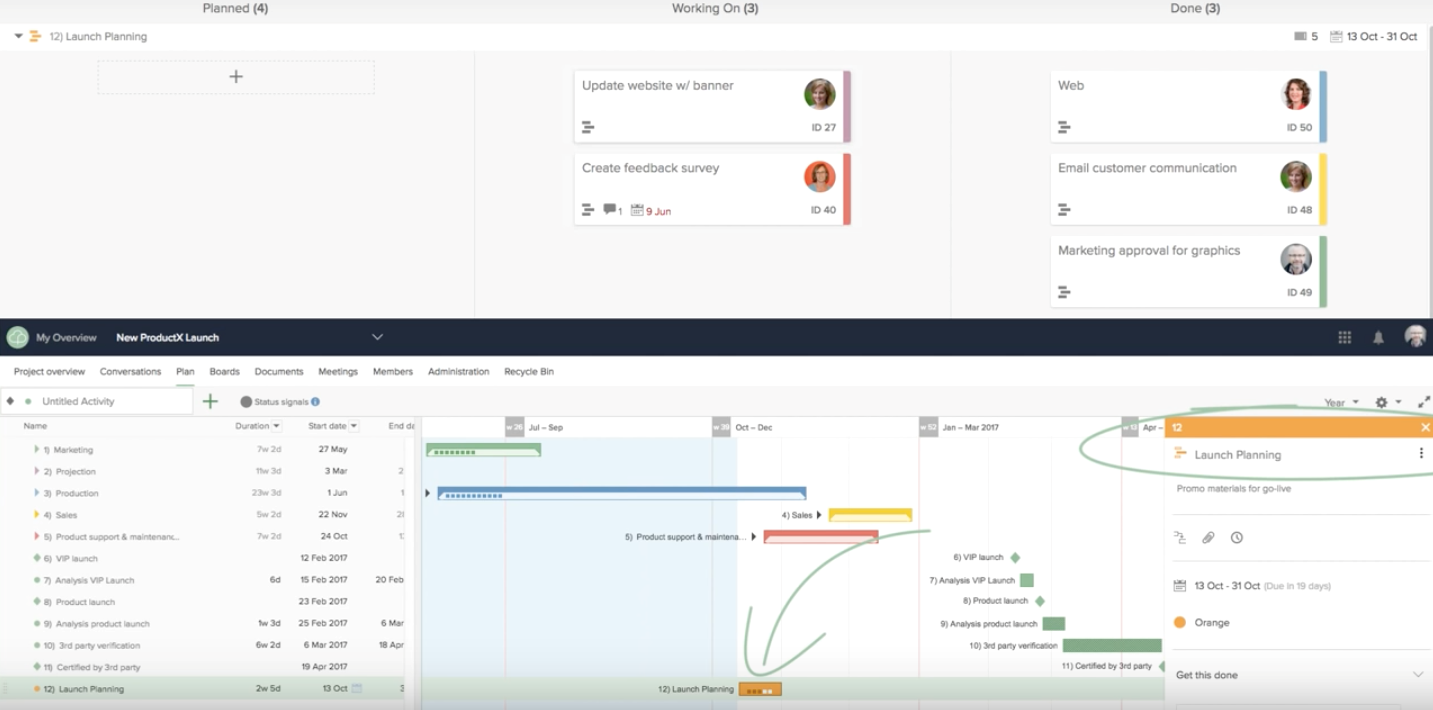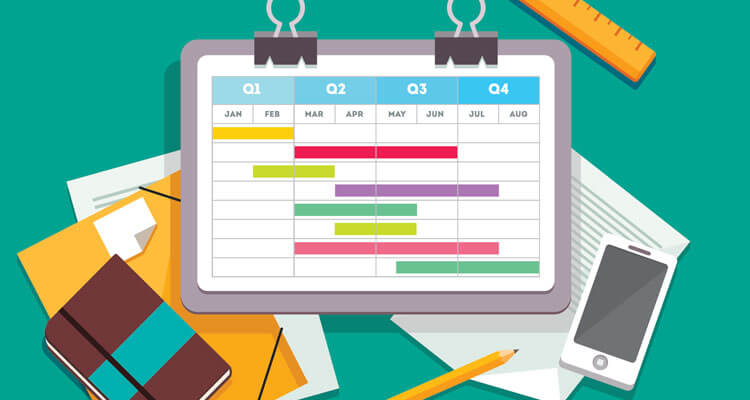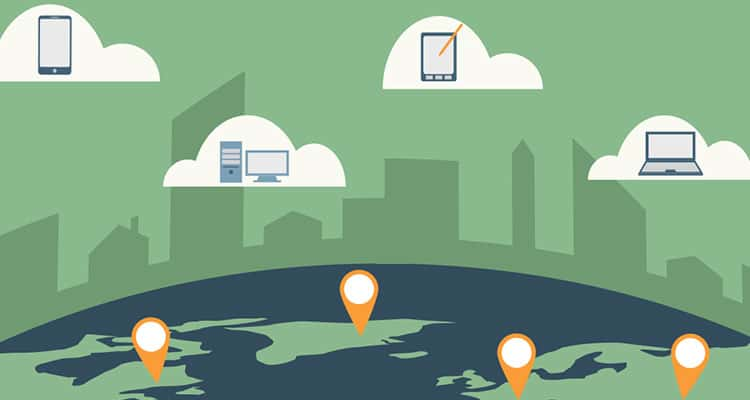
There’s no denying that the world of work today is fast-paced and highly technological, and project teams must adapt their communication methods to keep up with the competition. Gantt charts provide the necessary project visibility and flexibility to stay on track and meet project goals. However, you may be unfamiliar with Gantt charts or unsure of where to get started.
Before we venture into the specifics of Gantt chart software, let’s consider the importance of visual communication. According to an article by Harvard Business Review, “visual communication is a must have skill for all managers, because more and more often, it’s the only way to make sense of the work they do.”1 Business process workflows can be incredibly difficult to understand or alter without having some way to see them. Further, you need to be able to tie such workflows to the goals of your organization in order to improve strategy. This is where Gantt charts come into play.
“Project the idea that you’re showing a reflection of human activity, of things people did to make a line go up and down. It’s not ‘Here are our Q3 financial results,’ it’s, ‘Here’s where we missed our targets.’” – Nancy Duarte 2
What are Gantt Charts?
Gantt charts are the visual tools that help you keep your teams on track, thus safeguarding project efficiency. They are composed of a hierarchy of activities, all displayed against time, allowing each team member to view and complete assigned activities and ensure they are tied to the project goals. In a nutshell, Gantt charts display:
- All various project activities
- The start date, end date, and duration of each activity
- If there are any overlaps between activities, and by how much
- The start and end date of the whole project
If you or a team are working on a project with multiple moving parts, you can benefit from a Gantt chart. Having a graphic representation of each major element of a project, from inception to completion, simplifies the process by displaying everything in one place. Plus, comments and discussions remain tied to the relevant steps, helping to clarify any changes that need to be made and providing a reference point for review after the project is finished.
How to Get Started
Planview ProjectPlace places the strength of the original Gantt chart into a modern application that allows you to effectively communicate and meet deadlines and goals. By tying Gantt chart elements to cards on Kanban boards, progress is tracked every step of the way. As team members complete assignments on individual cards, the task is automatically reported back to the chart. This way, you receive a real-time visualization of how the project is progressing.
By removing the use of multiple tools and reports, you can spend more time focusing on the project itself. With Projectplace, tracking project deliverables is made easier through visual communication, all kept in one place. Get started by signing up for a free ProjectPlace trial today, and experience the benefits of Gantt charts for yourself.
1, 2 Berinato, Scott. “Visualizations That Really Work.” Harvard Business Review, June 2016, hbr.org/2016/06/visualizations-that-really-work. Accessed 25 Mar. 2018.
3 “What is a Gantt Chart? Gantt Chart Software, Information, and History.” Gantt.com, https://www.gantt.com/. Accessed 25 Mar. 2018.
